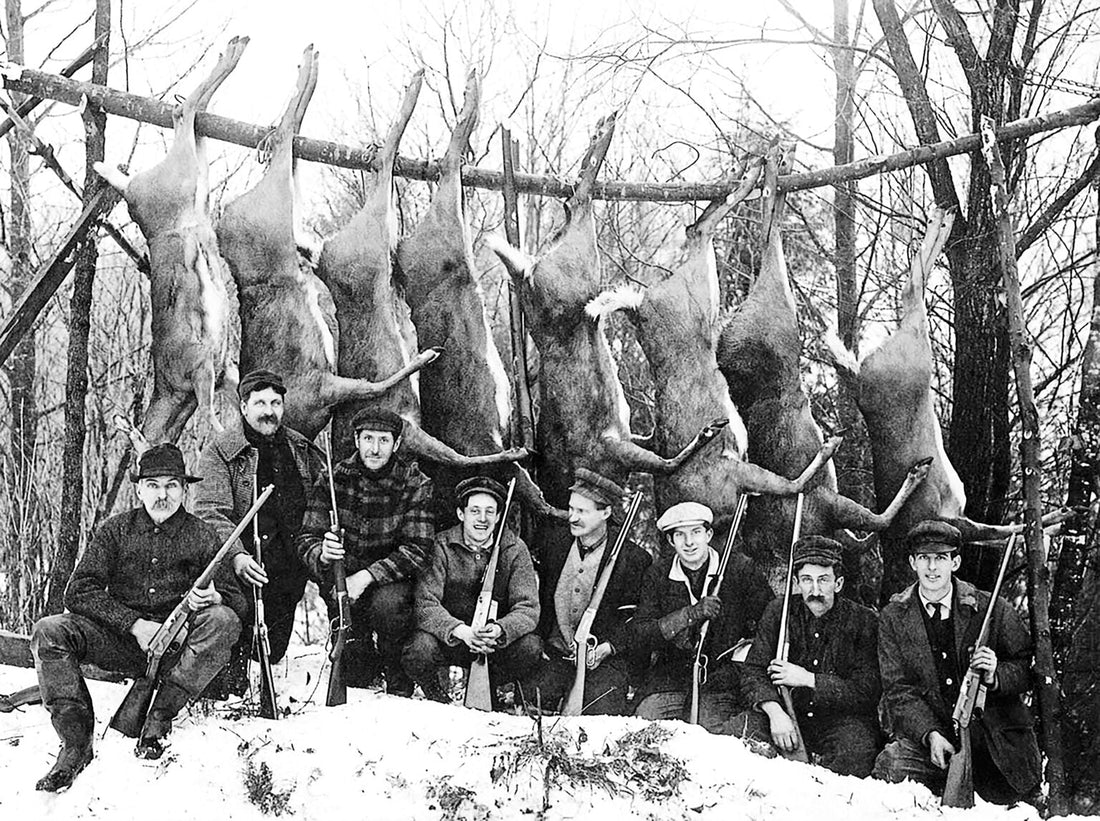
Whitetail Deer: A Cornerstone of American History and Hunting Heritage
Share
Throughout American history, few creatures have commanded as much attention and played as significant a role as the whitetail deer. Revered for their cunning, adaptability, and undeniable beauty, these majestic creatures have not only shaped our landscapes but have also left an indelible mark in the annals of American history. Historical documents, journals, and correspondences attest to the profound importance of whitetail deer hunting, not only as a means of survival but also as a catalyst for exploration, trade, and the forging of our nation's identity.
In his journal, Captain John Smith, one of the earliest English explorers to set foot on American soil, chronicled the significant role that whitetail deer played in the survival of the Jamestown settlement in Virginia during the early 17th century. Smith documented how the settlers, facing dire circumstances and famine, relied on the deer's meat as a primary food source, sustaining them through harsh winters and providing vital nourishment for their growing colony.
As European settlers expanded westward, the pursuit of whitetail deer became intertwined with the development of trade networks. In his correspondence, frontiersman and explorer Daniel Boone recounted the importance of deer hides in the thriving fur trade of the late 18th century. Boone's firsthand accounts detailed how the hides of whitetail deer, prized for their durability and quality, were sought after by European traders, fetching a handsome price and fueling economic growth in the burgeoning American colonies.
The significance of whitetail deer hunting continued to grow as the nation expanded. President Thomas Jefferson, in his agricultural writings, acknowledged the vital role that deer hunting played in the lives of early Americans. Jefferson's observations on rural life emphasized the reliance on deer meat as a staple of the American diet, emphasizing the deer's contribution to sustenance, nutrition, and overall well-being.
Furthermore, the preservation and management of whitetail deer populations became a pressing concern during the late 19th and early 20th centuries. Theodore Roosevelt, an avid hunter and conservationist, recognized the urgent need for wildlife conservation. Through his efforts, including the establishment of national parks and the creation of the Boone and Crockett Club, Roosevelt championed the preservation of whitetail deer populations. His vision and commitment to conservation laid the foundation for the modern hunting practices and wildlife management strategies that ensure the sustainable future of whitetail deer hunting today.
As we delve into the complex history of whitetail deer hunting, it becomes clear that these magnificent creatures have been more than just a source of sustenance or a means of commerce. They have been integral to the survival, exploration, trade, and cultural heritage of our nation. The historical documents, journals, and correspondences of early settlers and influential figures bear witness to the profound impact that whitetail deer hunting has had on American history. As we embark on our own hunting journeys, let us reflect on the enduring legacy of these creatures and strive to preserve their place in the fabric of our nation's story.